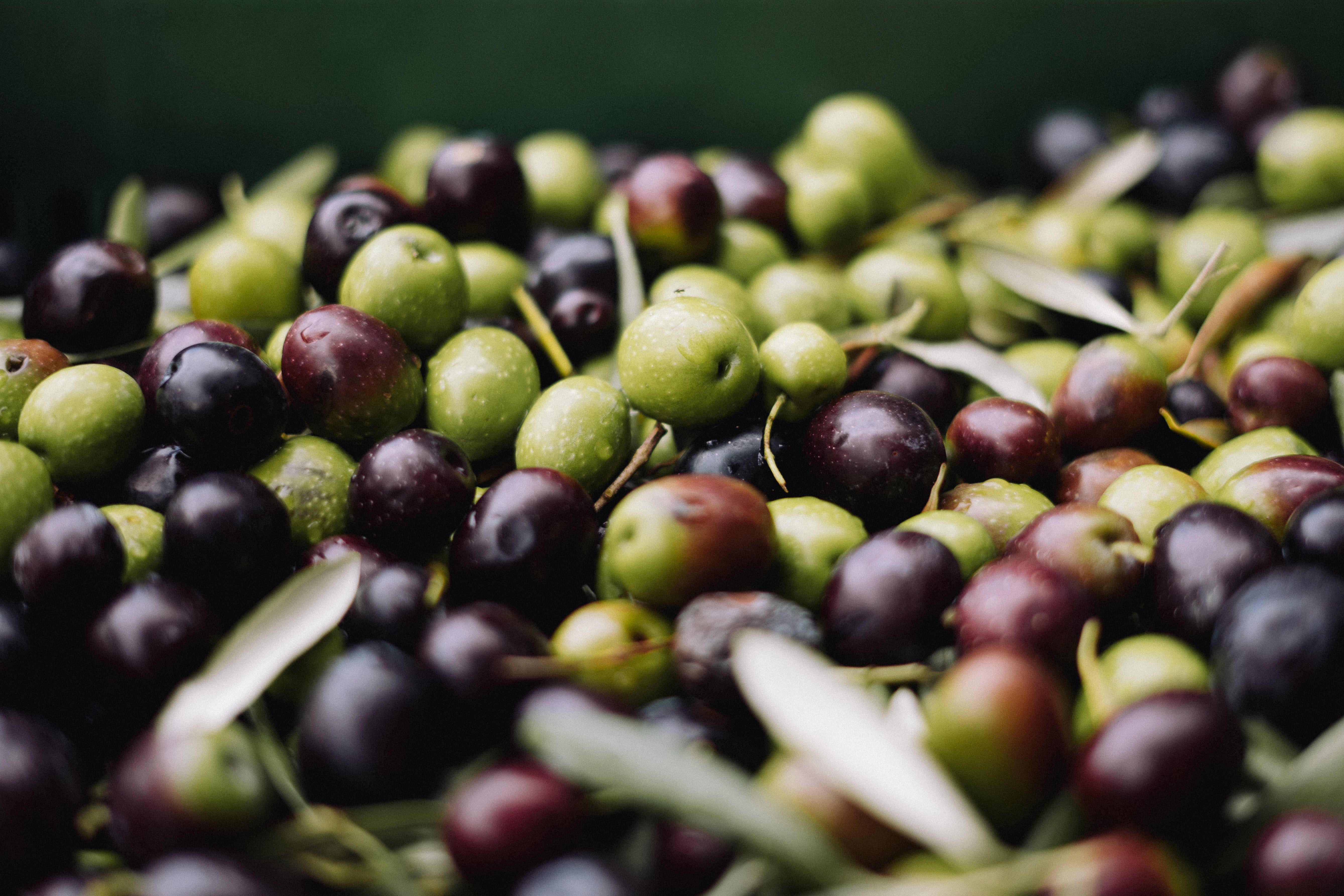The 7 best varieties of Italian olives

Italy: wherever you go, you'll find exciting new culinary delicacies. In this article, we feature what we consider to be the 7 must-try varieties of Italian olives, for a flavorful journey traversing the Peninsula from north to south.
Olives: the pearls of the Mediterranean
A small oval-shaped fruit, the olive comes from the olive tree, an invaluable plant with over six thousand years of history, present in literature and art for centuries as a symbol of peace, rebirth, and prosperity.
In addition to producing olives and being an irreplaceable source for producing extra virgin olive oil, the olive tree is also used for handcrafted products thanks to its water-resistant, dense, hard wood. With its timeless allure, it can be found in gardens and parks of all kinds, highlighted by its elegance and grandeur, earning the admiration of patrons.
But where do the best varieties of olives come from? Their birthplaces include France, Greece, Portugal, Spain, the Middle East, and above all Italy, which proudly boasts the largest number of cultivars in the world with many regional variants, each with unique sensory characteristics. Let's take a look at the olives you should try at least once in your life!

7 types of table olives you shouldn't miss
1) Ascolana del Piceno olives
Certified PDO (Protected Designation of Origin) and from the "Ascolana Tenera" cultivar, it is characterized by its rather large shape and is widely found both in brine and stuffed as the queen of the famous "fritto misto all’ascolana", a delectable variety of fried foodstuffs.
2) Itrana olives
Also PDO certified, its origins can be traced to the city of Itri in the Lazio region, and is available in two different varieties, depending on its harvest period: the November harvest produces the white Itrana olive, while the March harvest produces the typically purplish Gaeta olive.
3) Nocellara del Belìce
A highly prized Sicilian olive with a large shape, it has a distinctive flavor that is also evident in its extra-virgin oil, which is also of excellent quality and whose flavor has nuances of green tomato, almond, and artichoke.
4) Bella della Daunia
A large Apulian table olive obtained from the "Bella di Cerignola" cultivar, green or black in color. Fun fact: some olives can weigh as much as 30 grams!
5) Taggiasca olives
Our next stop is Liguria, home of the Taggiasca olive, a small, splendidly colored gem with a sweet, bold flavor. An outstanding delicacy with a long history: it was introduced to the Taggia area — from whence its name — by Benedictine monks in the late 7th century.
6) Peranzana
We return to Puglia, once again in the province of Foggia, where we meet the Peranzana, an olive cultivar perfect for eating and from which a very good oil is also made. This olive's flavor is particularly strong and bitter.
7) Intosso olives
We wrap up our overview with a cultivar native to the Abruzzo region. We are referring to the intosso olive: delicious to eat and from which an extra virgin olive oil with a strong, bold flavor is also made.
Want to learn more about traditional Italian dishes and products? Follow the Healthy Italia blog!

























